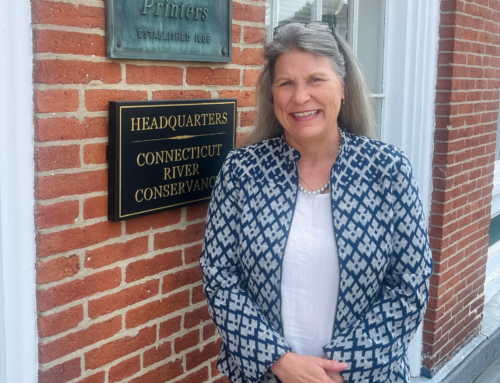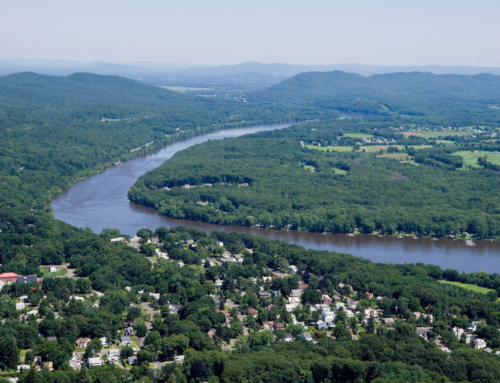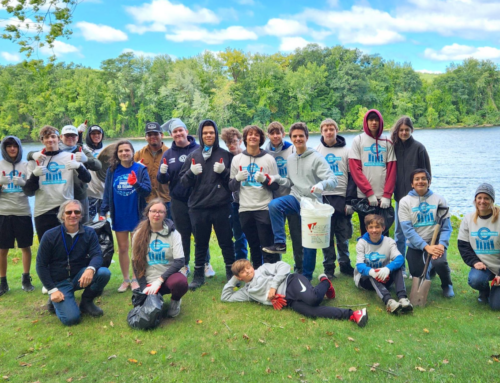Pomfret, Vermont – The Connecticut River Conservancy (CRC) continued its dam removal and river restoration work by removing an old dam on the South Branch of the Saxtons River that no longer served a useful purpose. The removal was funded by a grant from the State of Vermont Clean Water Block Grant and furthers CRC’s mission to restore our rivers to natural conditions that are clean, healthy, and full of life.
CRC worked with the dam owner, Southern Windsor County Regional Planning Commission, Vermont Agency of Natural Resources, and local contractors to remove the dam off Kidder Hill Rd. in Grafton, VT. The concrete dam, which was built in 1960, was heavily damaged by Tropical Storm Irene and identified by the State as a priority river restoration project eligible for the block grant funding. With the dam gone, fish and wildlife can move freely throughout the river system, and natural flows will help transport sediment downstream. CRC contracted with Fitzgerald Environmental of Colchester, VT and Canonica Farm & Forest Services of Chelsea, VT for the design and implementation of this restoration project.
CRC and project partners will return to Grafton this fall and next spring to plant native trees and shrubs along the newly shaped riverbank to add additional wildlife habitat and reduce soil erosion. This is CRC’s tenth dam removal in the Vermont and New Hampshire portion of the Connecticut River watershed since 2014. This work has resulted in improved water quality, sediment transport, flood resiliency and safety, as well as more than 250 miles of stream habitat opened for fish and wildlife.
Since 1952, Connecticut River Conservancy has been the voice for the Connecticut River watershed, from source to sea. They collaborate with partners across four states to protect and advocate for your rivers and educate and engage communities. They bring people together to prevent pollution, improve habitat, and promote enjoyment of your river and its tributary streams. Healthy rivers support healthy economies. To learn more about CRC, or to make a contribution to help protect your rivers, visit ctriver.org.
###







